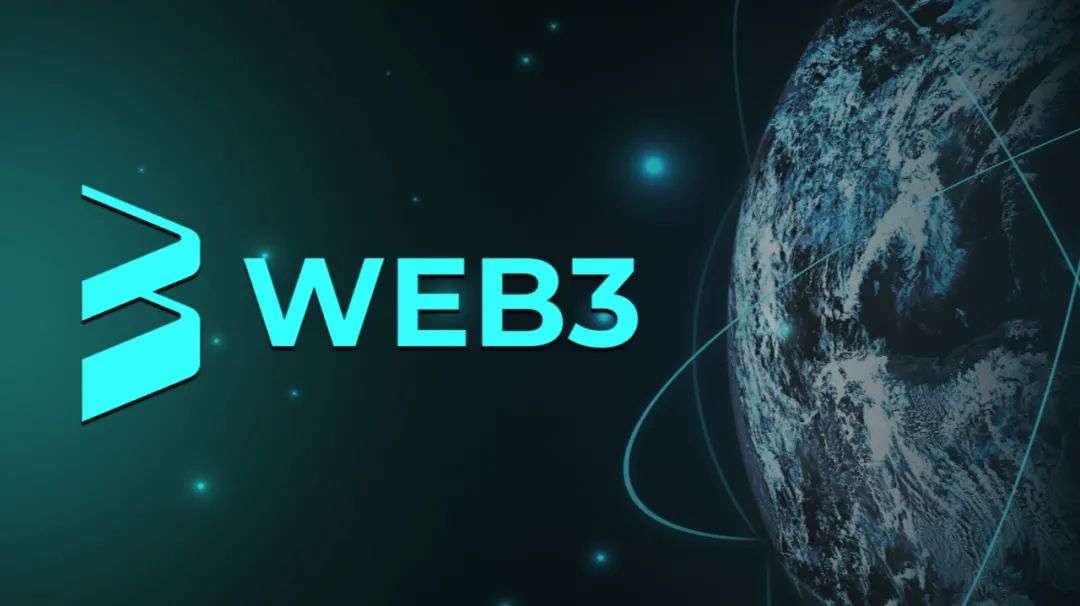There are often stories that people love to tell: Two classmates, A and B, graduated together. A joined a strict and regulated software company, while B joined an unknown internet company. Several years later, A honed their skills in standardized coding and project management, while B’s company successfully went public, resulting in a skyrocketing value of their stock options and granting them financial freedom.
Ultimately, the difference in business models determined their divergent destinies. The software company sold “products,” whereas the internet company “sold” products.
Unlike the telecommunications industry, the internet industry is built on open-source software. In the telecommunications industry, equipment manufacturers (such as Huawei) are responsible for technology development and sell the products to operators (such as Mobile) for service provision. Equipment manufacturers occupy the upstream position in the industry chain of operators. On the other hand, internet companies utilize free open-source software and inexpensive off-the-shelf hardware. By bypassing the Internet of Everything (IOE), internet companies reduce costs associated with the upstream industry chain. Consequently, the work performed by technical personnel in internet companies essentially involves integration or application development. To be honest, it is not highly technologically advanced work, especially without core hard technology.
The low level of hard technology does not necessarily mean lower profits. On the contrary, the low entry barrier allows for certain occupations, such as app developers, to be mass-produced, leading to substantial earnings. If these application development jobs were provided as outsourcing services, they would not yield significant returns. However, when integrated with internet companies’ business and involved in distribution, the results are extraordinary. The former lies in the lower value-added section of the smile curve, while the internet companies, which can distribute huge profits, primarily occupy the high value-added right end, namely the consumer end.
Therefore, internet companies are essentially marketing companies disguised as technology companies. Promoting internet culture, capturing consumers’ minds, and shaping new ideologies are inevitable tasks for internet companies. Internet companies are no longer confined to one or two products. Attention and traffic are the lifeblood of internet businesses.
The paradigm of Web3 has undergone some changes. Some people summarize it as follows: Web1 was read-only, Web2 was read and write, and Web3 is read, write, and own. This perspective focuses on the trees but not the forest. Web3 is first and foremost the internet, and therefore, it is also marketing. However, Web3 does not “sell” any product; it emphasizes selling financial products. At the same time, Web3 uses financial methods to empower marketing. The so-called “a large upward price movement attracts a multitude of people” is a silent form of promotion. When these two aspects are combined, it constitutes what the author refers to as “financial marketing” – that is, marketing financial products and empowering marketing through finance.
Take SHIB as an example, a few dozen lines of contract code that attracted millions of people, resulting in a market capitalization of over $5
billion and a daily trading volume of nearly $80 million. This can be considered a miracle.
Departing from the essence of Web3 may lead to wandering astray. However, this does not mean that any form of financial marketing is Web3. Making an insurance advertisement on short video platforms would not be classified as Web3.
Finance in relation to Web3 is merely a false representation to cultivate the true. If you mistake the false for the true, then you have lost.
Comments